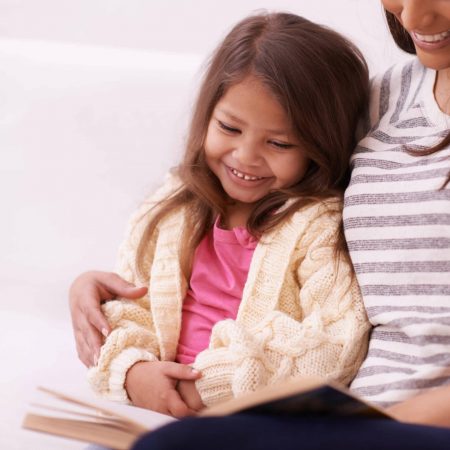
To become skilled readers, children must have a strong base in phonics, or an understanding of the sounds of printed letters and words. Children will use phonics when learning how to blend sounds together to read words.
Because several areas of the brain must work together to “decode” or sound out words, children must practice this skill repeatedly. Your child will also use phonics to spell words when they write.

In Kindergarten your child will start by being able to read CVC words (consonant-vowel-consonant words) such as t-a-p. Your child will begin trying to sound out each letter sound to blend into a word. They will begin to spell words.


If your child is starting to read and still seems unsure, review the alphabet and letter sounds. Next, look at short CVC (consonant-vowel-consonant) words (top, cat, fog and so on) and have your child break them apart into their individual sounds. Then blend these sounds back together (/t/ /o/ /p/; top).
Talk or play games about letter sounds for a few minutes each day. While driving, give your child a 2 letter word or 3 letter word to spell (like it, in, rip, top, and). Keep the activities fun and light so kids can enjoy a quick challenge and get a boost of confidence from practicing one skill a day.
Remember, we want children to develop a love of reading, so focus on reading the books they enjoy over and over again. We don’t want to ever frustrate children with the “mechanics,” such as drilling letter sounds to the point of tears. The goal of reading is to understand the story; phonics will help kids sound out words quickly to comprehend what they read.
What sound does each letter make in this word on the cereal box? Research suggests that seeing print, saying the sounds, and hearing the sounds while pointing at the letter with a parent or teacher has the greatest impact on learning “phonemic awareness” or sounds.
Start by making sure your child knows every upper and lower case letter in the alphabet. Write down for yourself which letters they know and don’t know so you can keep track. Find the letters in natural settings, like on a poster at the movie theatre. Ask if your child can say the letter name and letter sound they see. “What is the name of this movie? What letter does it start with? The letter m, you’re right! I’m going to try to read the word: Mmmmmminions. Did you hear the mmmm sound?” Help them if they don’t know the answer. Children are naturally curious about the print they see all around them, so use it as a meaningful “teachable moment”.
Remind your child often that we’re learning letter sounds so that we can read everything around us. “It’s like learning to ride a bike–in the beginning Mom might have needed to remind you to push the pedals with your feet and balance on the seat, but now you can ride down the street by yourself. We practice so you can read on your own!”
Using a stick from outside, trace letters in dirt or sand. Tell your child easy two-letter words and see if they can sound them out, such as “it”, “no”, “at”
Using a red crayon write a short word like “can”. Then ask your child to think of 2 more words that rhyme with “can” and write them under “can” using a different color crayon.
can
tan
van
Explain to your child that sometimes two letters will stand together to create one new sound. The “h brothers” join with other letters to make the sounds: sh, ch, th, wh and ph.
This can be confusing for kids, so make sure to write an example word and use gestures to help them remember the new letter combination.
ch: touch your chin making the “ch” sound
sh: Make the “shushing” sound while holding your finger to your mouth
wh: bite into some white or wheat bread
ph: Pretend to talk on your invisible phone
Practicing phonics can feel tedious, so it’s important to find ways to make it fun, simple and quick. Next time you have a scrap of paper write three letters on it, for example b, s, and t. Have your child say each letter and its sound. Then ask, “What’s the first letter you hear in ‘table’?” Give them one point for each word they get right, and tell them to try to earn five points.
Draw three boxes side by side on a piece of paper. Using magnetic letters or letters written on small strips of paper, scramble the letters of a three-letter word (use a CVC word, consonant-vowel-consonant: wig, sat, cup, run) under the boxes. Have your child unscramble the letters and place them into the correct box.
In the beginning it will be hard work for your child to “decode” or sound out the words they see in books for Kindergartners. Have them use their favorite stuffed animal, finger puppet or action figure to help them sound out a tough word. The toy can either listen or they can pretend that the toy is reading.
Your child might want to read the same story every night. Try to stay excited about reading by being enthusiastic. Remember to point to words as you read and enunciate the different sounds in words. “The pirate ssshhhhip is setting sail!” Remind your kids that your voice should sound natural, like you’re talking to a friend when you read.


Use phonics games to help build kids’ “decoding” or sounding out skills. This will make your child a stronger and faster reader.